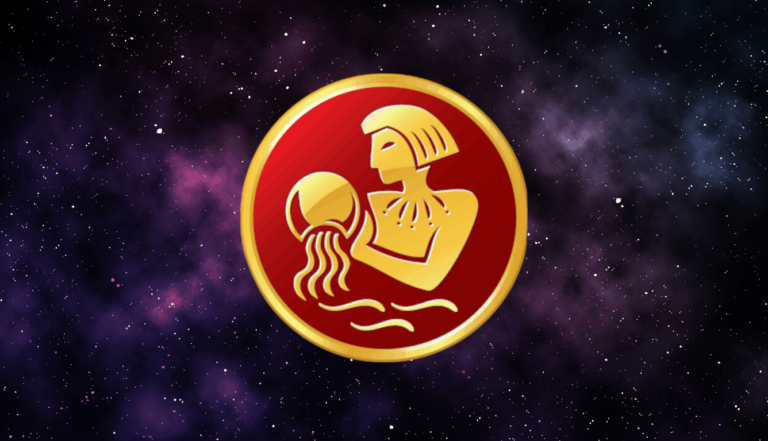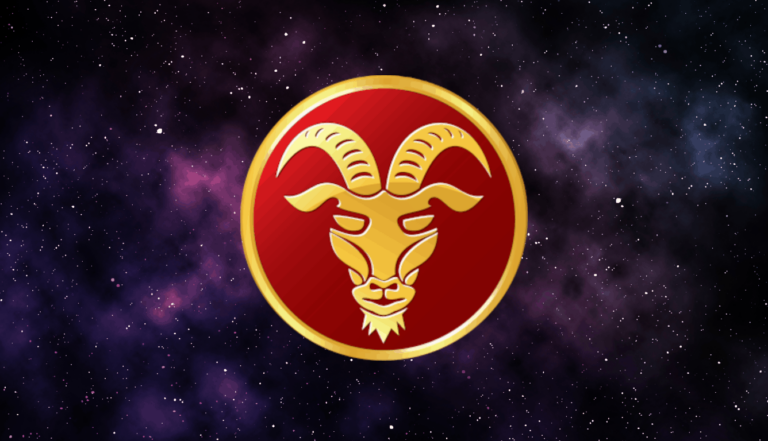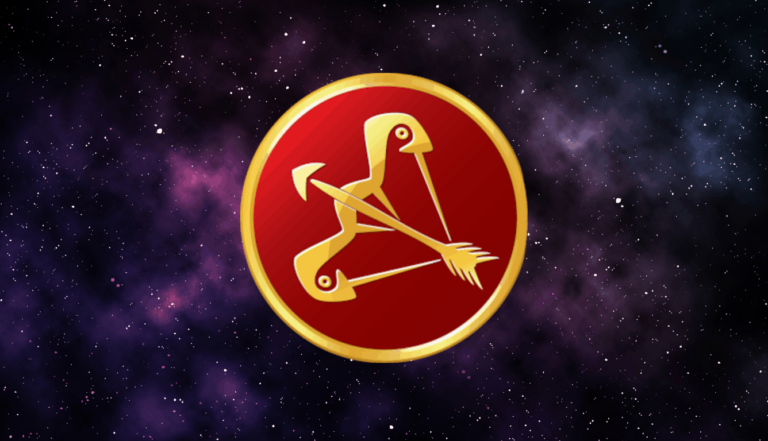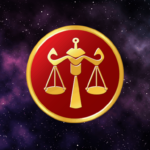The Meaning Behind the 5 Faces of Shiva Mantra: Exploring the Significance of Each Face and Its Representation in Hindu Mythology
In the rich tapestry of Hindu mythology, Lord Shiva stands as a multifaceted deity embodying creation, preservation, and destruction. Among the many forms and representations of Shiva, the concept of the “5 faces of Shiva” holds a special place, particularly in the context of the Shiva Mantra. This powerful mantra, invoking the five faces of Shiva, symbolizes profound spiritual meanings and cosmic principles. Let’s delve into the meaning behind the 5 faces of Shiva Mantra, exploring the significance of each face and its representation in Hindu mythology.
The 5 Faces of Shiva Mantra
The five faces of Shiva, known as “Panchamukha Shiva,” represent different aspects of the universe and the divine functions of Shiva. Each face is an indication to a specific direction and thus represents a unique attribute, combining to form a holistic view of the deity’s cosmic role.
1. Sadyojata (West)
Meaning:
Sadyojata refers to the idea of being “born instantly” and symbolises the aspect of Shiva associated with creation and manifestation. This face is often linked to the element of earth and embodies the power of materialisation and physical existence.
Representation in Mythology:
Sadyojata is believed to be responsible for the creation of the physical world. The physical world which is also called “maya” stems from this aspect of Shiva. This aspect reminds devotees of the ever-present creative energy of the universe, highlighting Shiva’s role as the origin of all life forms.
2. Vamadeva (North)
Meaning:
Vamadeva translates to “beautiful god” and represents the preserving and sustaining power of Shiva. This face is connected to the element of water and is associated with the qualities of beauty, peace, and compassion.
Representation in Mythology:
Vamadeva embodies the nurturing aspect of Shiva, ensuring the maintenance and sustenance of creation. It signifies the importance of preserving life and the compassionate nature of the divine.
3. Aghora (South)
Meaning:
Aghora means “non-terrifying” or “absence of fear,” symbolising the transformative and regenerative powers of Shiva. This face is linked to the element of fire and represents the destruction of ignorance and ego.
Representation in Mythology:
Aghora is the fierce aspect of Shiva, responsible for the destruction of negative forces and impurities. This face teaches devotees about the necessity of transformation and the cycle of death and rebirth.
4. Tatpurusha (East)
Meaning:
Tatpurusha translates to “that person” and signifies the supreme soul or the divine consciousness present in every being. This face is associated with the element of air and represents introspection, meditation, and spiritual enlightenment.
Representation in Mythology:
Tatpurusha is the meditative aspect of Shiva, symbolising the inner self and the quest for spiritual awakening. It resembles the inner aspects of one’s life. The spiritual secrets which are embedded within a person’s subconscious are resembled by this face head. Therefore it stands as a symbol that encourages devotees to seek self-realisation and connect with the divine within.
5. Ishana (Upwards)
Meaning:
Ishana means “ruler” or “lord” and represents the omnipresent and omnipotent nature of Shiva. This face is connected to the element of ether (space) and signifies the ultimate knowledge and power of the divine.
Representation in Mythology:
Ishana is which is the central or the upwards head and it represents the transcendental aspect of Shiva, overseeing all other faces and aspects. It embodies the supreme ruler of the universe, emphasizing the all-encompassing and all-knowing nature of Shiva.
Similar to this blog post AstroNidan offers a massive blog library consisting of a variety of blogs on varied topics and it offers services like reports on a variety of topics such as marriage, education and career.

The 5 Faces of Shiva Mantra
The 5 faces of Shiva mantra is a powerful invocation that seeks to align the devotee with the cosmic principles represented by each face of Shiva. Contemplating on this mantra can benefit the devotees in a variety of ways as it allows them to bring balance, protection, and spiritual growth as it allows one to tap into the divine energies embodied by Sadyojata, Vamadeva, Aghora, Tatpurusha, and Ishana.
Conclusion
The five heads of Shiva represent function and formality of the entire range of the divine power and abilities which include creation, sustenance, destruction, contemplation, and ultimate strength. By lingering on the importance of each face, devotees are able to comprehend many more facets of Shiva and the cosmology that he embodies. The 5 faces of Shiva mantra is not only a recitation of a phrase but an actual active process in the attainment of progress, happiness, and the path to the divine. Let the power of Panchamukha Shiva bless you and get prepared to discover the divinity which can change your lifestyle.







